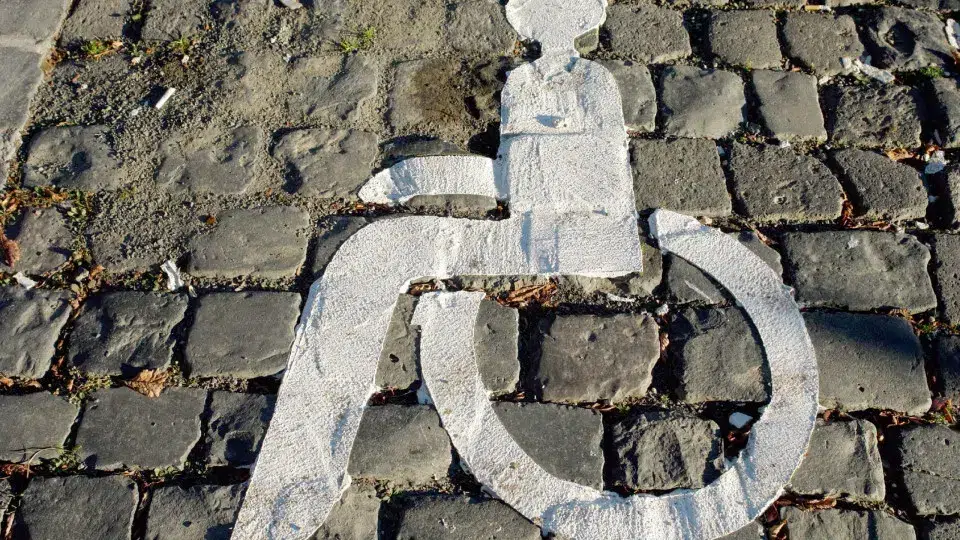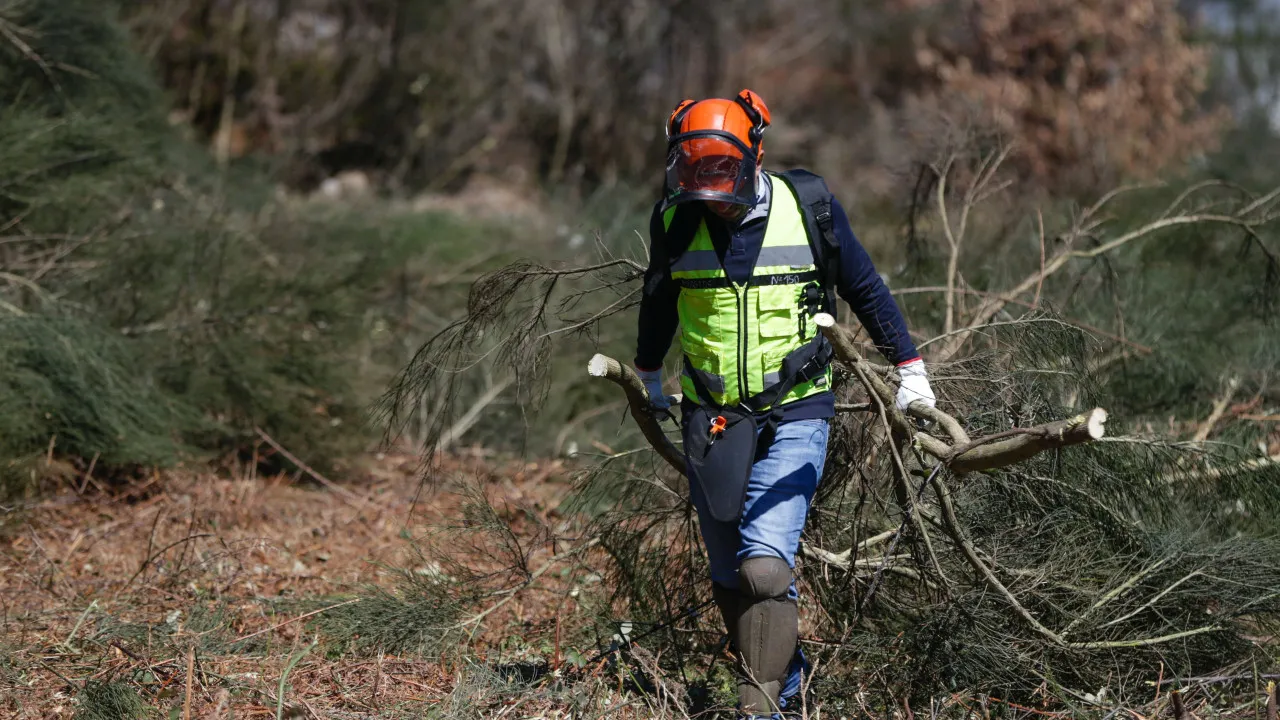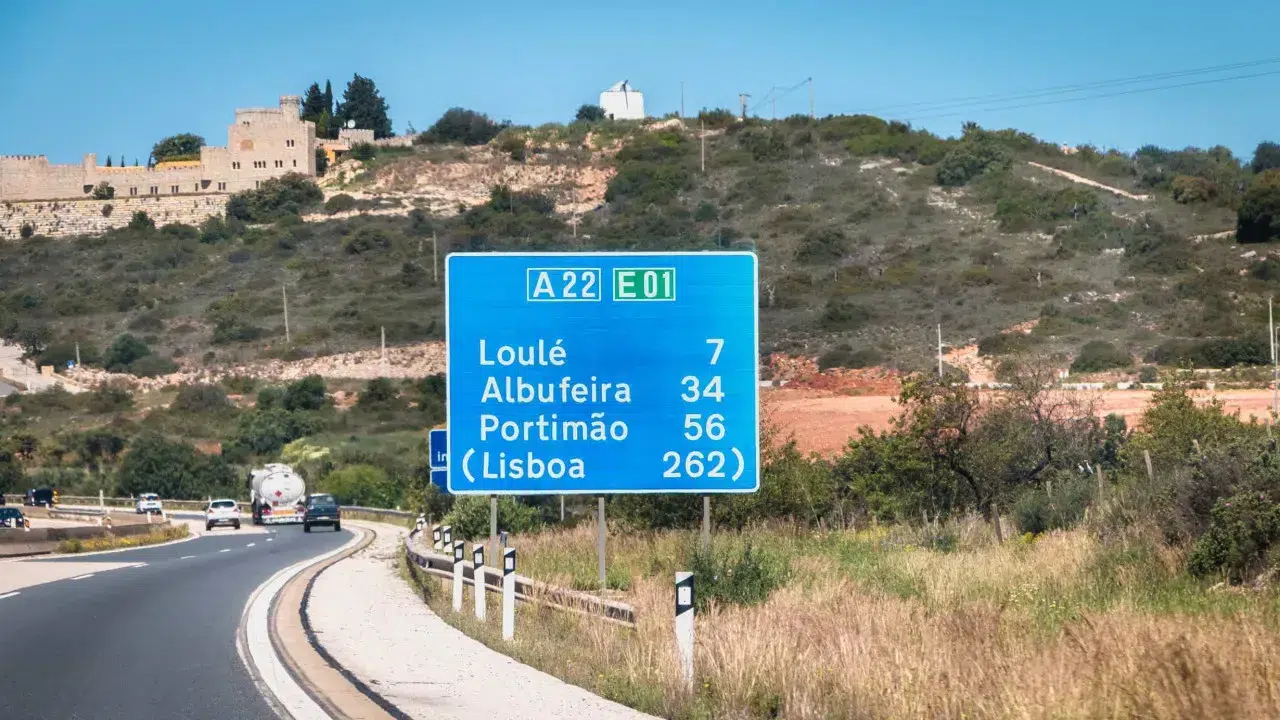The amount of water stored in the Barlavento Algarvio river basin rose to 22.6% in April, an increase of almost three percentage points compared to March, but it remained the basin with the least water.
According to data from the National Water Resources Information System (SNIRH) available today, in April there was an increase in the volume stored in eight river basins and a decrease in four.
At the end of April, the Barlavento basin continued to retain the least amount of water, with 22.6% (19.7% at the end of March), when the average is 74.6%.
In February this basin was at 12.5% of its capacity and in January it had been at 9.4%.
Storage in April 2024 by river basin is higher than the average storage for the same month (reference period 1990/91 to 2022/23), with the exception of the Ave (71.4%), Mira (42.2%), Ribeiras do Algarve (Barlavento 22.6%) and Arade (44.4%) basins.
On the last day of April, the Oeste (93.2%), Guadiana (93.1%), Tejo (92.3%) and Cávado (91%) basins had the most water.
According to the SNIRH, of the 60 reservoirs monitored, 36 had water available at the end of April in excess of 80% of their total volume and three had less than 40% available.
Each river basin can have more than one reservoir.
The Algarve has been on alert due to the drought since February 5, and the government has approved a set of measures to restrict consumption, namely a 15% reduction in the urban sector, including tourism, and a 25% reduction in agriculture.
On Wednesday, the Minister for the Environment, Maria da Graça Carvalho, admitted to easing the cuts in water consumption in the Algarve that have been in force since January in the urban and agricultural sectors, with several scenarios on the table, given some improvement in water availability.








